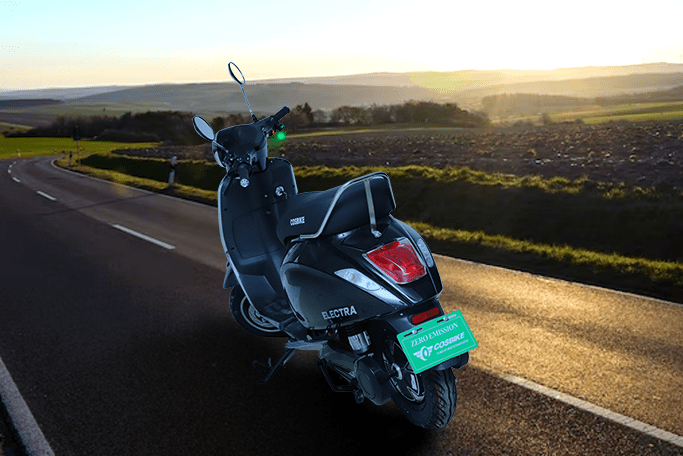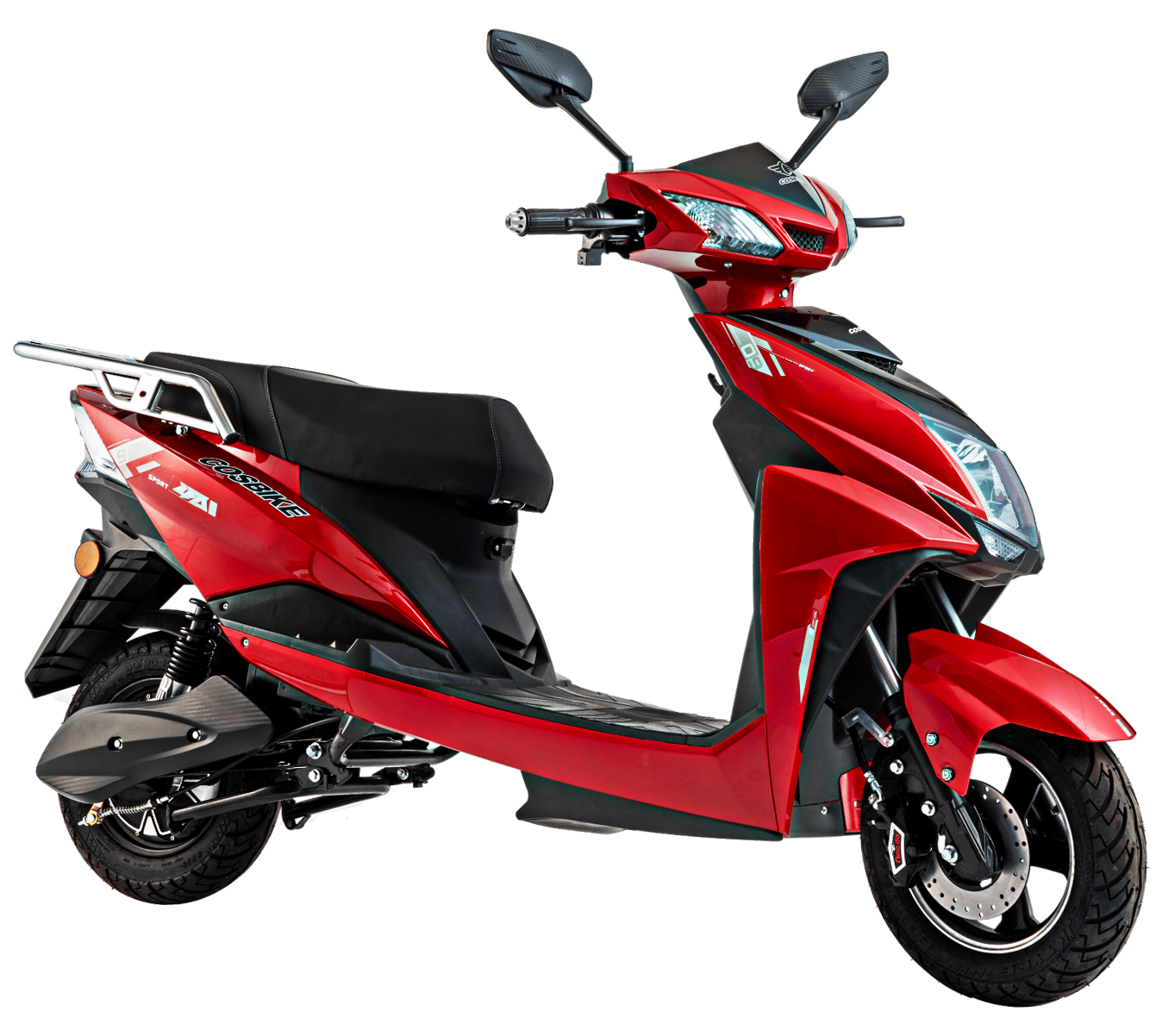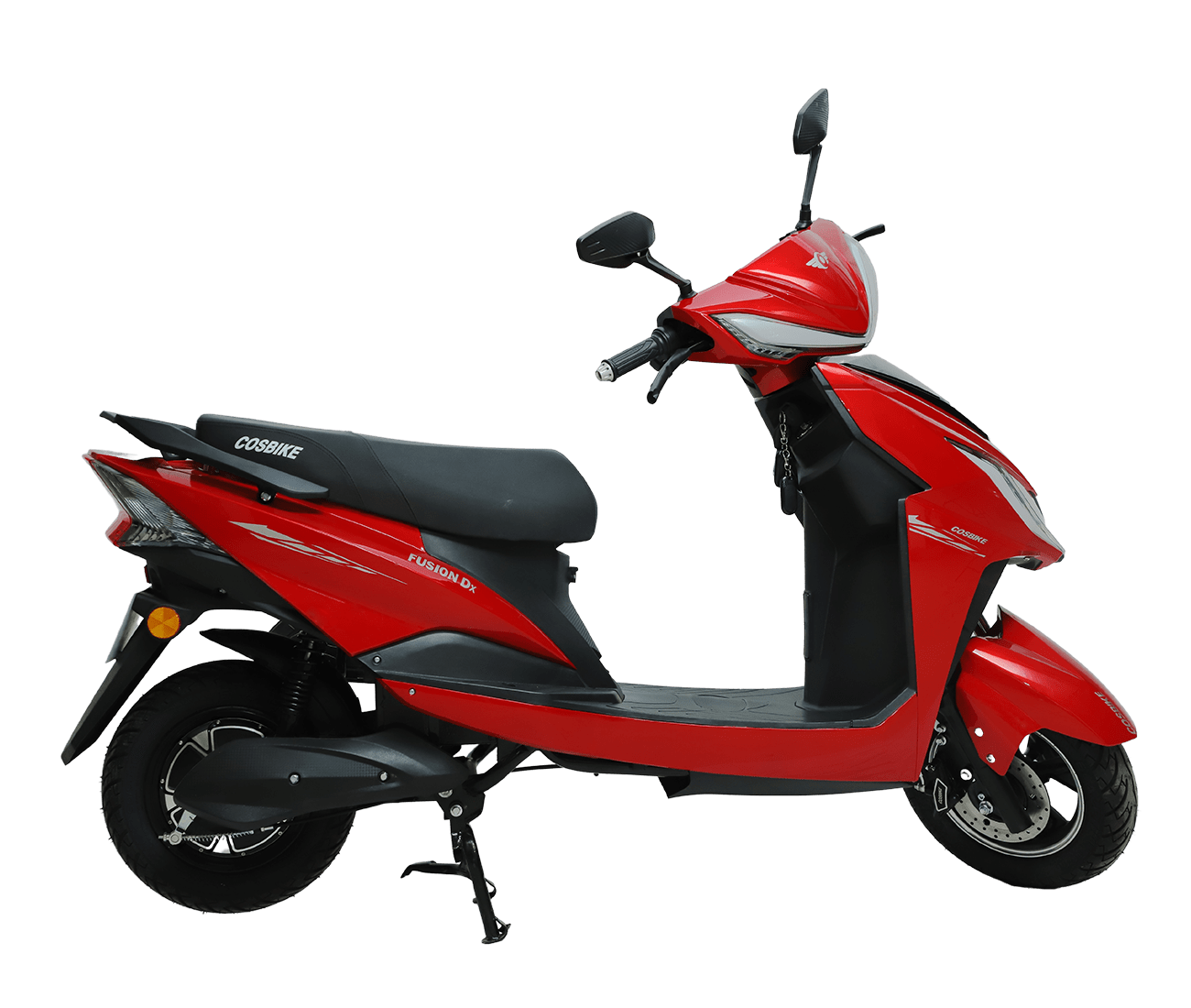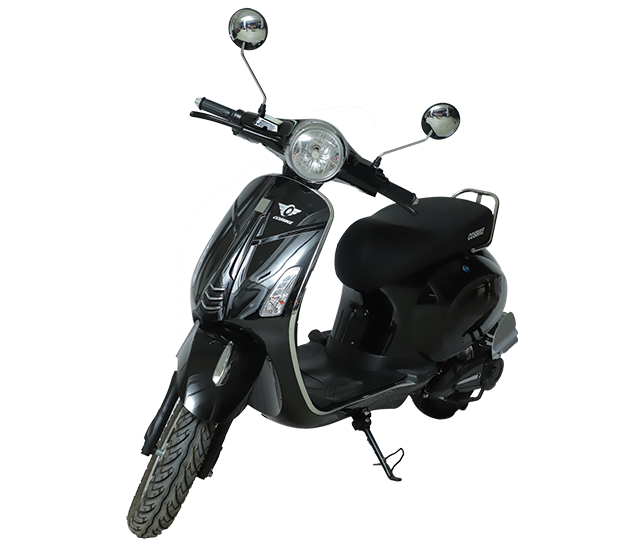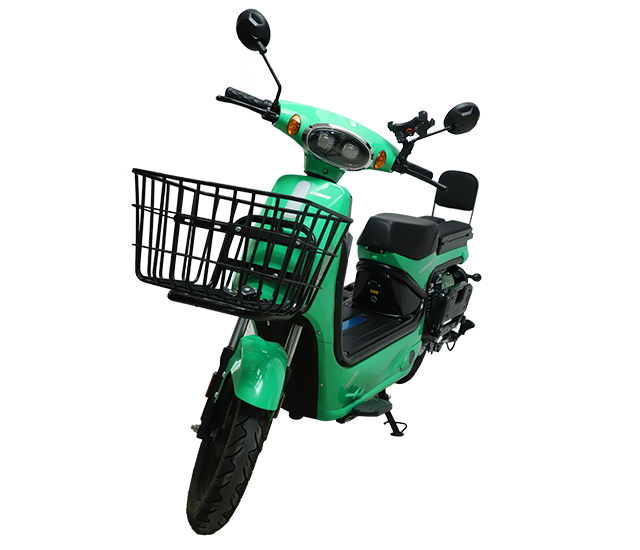Although some current E-bikes still employ brushed engine controllers, brushless motor control systems are now used in the majority of the vehicles marketed today. A controller can be thought of as the E-bike's brain in its most basic form. In order to send signals to the various elements of an E-bike, it takes in data from those parts and transforms it into live time. Depending on the kind of E-bike, the controller may only manage the speed at which the bike travels or the level of pedal assistance.
When you turn the throttle, a signal is sent to the controller, which then communicates with the in-hub engine to effect the desired change in speed. Indicating to the motor however much help to offer a rider, depending on the resistance measured or the method entered into the controller, the pedalling aid level can be manually set or automatically adjusted.
The accelerator, pedalling assist settings, braking systems, speed settings, and connected screens and applications are just a few of the interfaces and smart devices that can interact with each other through the controller. A controller's capability increases with its level of sophistication.
The Most Popular Motors and Their Control Systems
In order to comprehend controllers, familiarity with the motors they regulate is essential. Electric bicycles typically employ one of two motor types: either brushed or brushless. They're both DC motors. Each motor makes use of both positive and negative pole magnets but does so in distinct ways.
Brushed motor
The blade of a brushed motor features wire coils that generate electromagnetic fields. The rotor spins thanks to the current being simultaneously drawn and repulsed by the permanent magnets (the stator), with the help of brushes that maintain contact and channel the power. This type of DC motor has been standard for a long time and is still widely used in many places, such as in electrical drills, electric pliers, and other machine tools, and in the simpler engines found in many domestic appliances.
It was one of the earliest models of an electric bike engine. The brushed motor's name already indicates its primary flaw. A point of contact is necessary for the brushes to cause animosity, which over time wears out the bristles and interfaces and necessitates upkeep. Additionally, older brushless DC motors are typically lighter than brushed DC motors.
Brushless motors
In addition to being substantially lightweight, brushless motors also have a far longer battery life live and demand less upkeep because they don't really have brushing to constantly create friction that slows down motion and builds up the heating. Brushless motors need more sophisticated controllers to accurately manage the quantity of energy transmitted to positively or negatively load the loops that pull a rotating pair of reversely polarised magnets because brushless motors lack brushes to produce energy via friction. In response to a motor's speeding up or slowing down, the regulator is able to add or subtract just the right amount of energy by using computations and sensors calibrated to identify slight changes.
This improves the accuracy of the motor while also cutting down on energy loss, extending the life of the battery and motor lifespan.
Why is this crucial to know?
What makes this knowledge so crucial? We can foresee how innovation will alter how we live by understanding the development model from the brushed motor to the brushless motor, followed by the rapid evolution and development of innovation within controllers. At Cosbike, we are total tech enthusiasts. We are constantly on the lookout for more advanced technology that can be applied to our E-bikes.
A fascinating example is the integration of controls and brushless motors into wheelchair axles. Without hitting a button, the controller can signal the hub engines that help is required by comparing the force that is necessary with the amount being used to push a chair up a slope. These innovative technological advancements have the potential to not just simplify but also improve the accessibility and enjoyment of our lifestyles.
What Is the Function of the E-Bike Controller?
By: Admin | 29 Sept 2022
